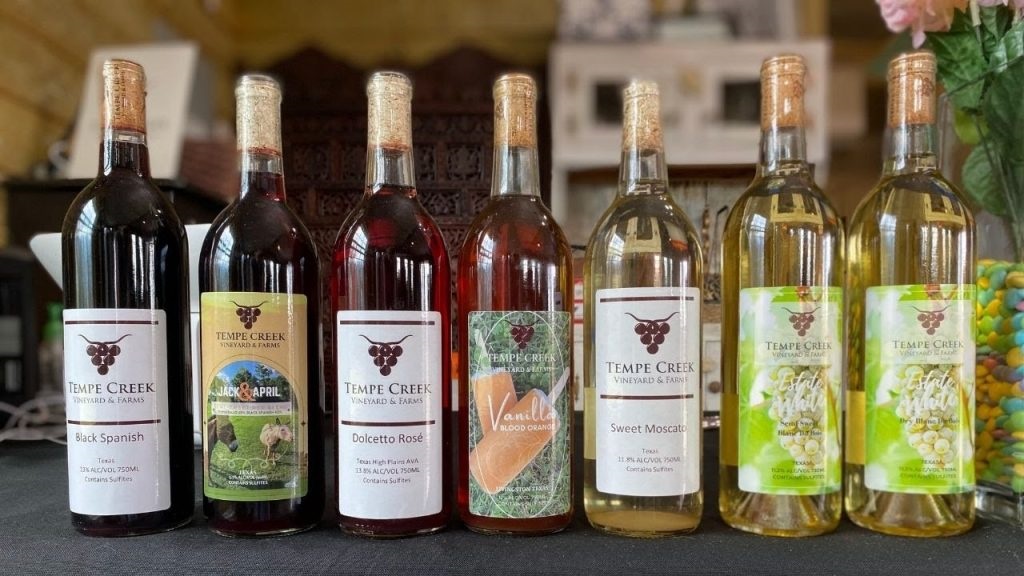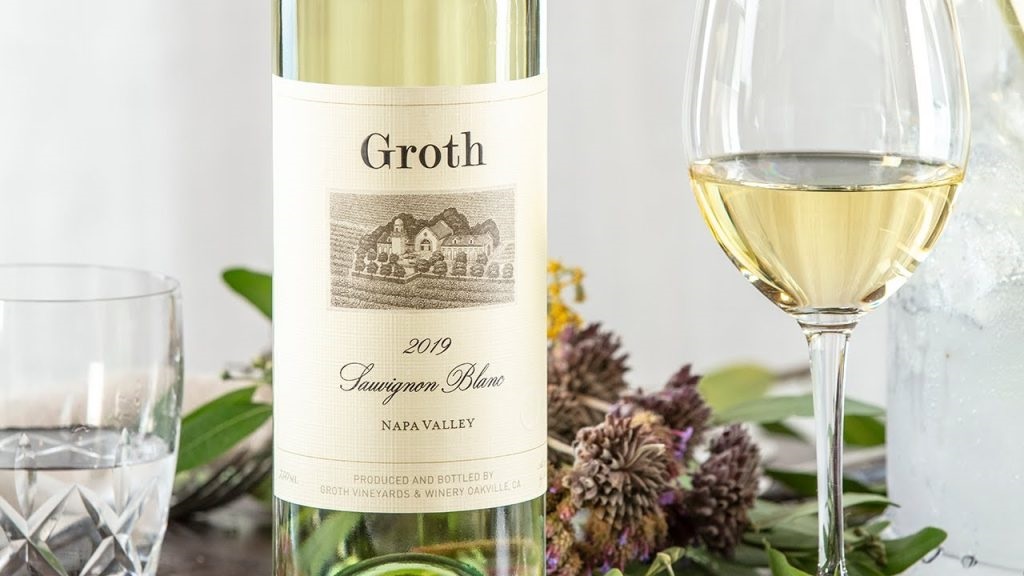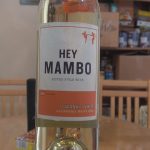In the vast and vibrant world of wines, where the dance of flavors, aromas, and textures unfolds in every glass, the quest for the driest white wine leads us on an intriguing journey through vineyards, cellars, and the very science that transforms grape into gold. But what is the driest white wine? Is it the crisp, invigorating snap of acidity on the palate, the subtle whispers of fruit and mineral without the kiss of sweetness, or the complex interplay of fermentation and aging processes that strip away the sugars, leaving a wine so profoundly dry that it becomes a benchmark for connoisseurs and casual drinkers alike?
As we embark on this exploration, our aim is not only to uncover the driest white wine but also to delve into the nuances that make each bottle a unique testament to its origins. From the sun-drenched slopes of renowned vineyards to the innovative practices in the winery, the journey of discovering the driest white wine is as much about the destination as it is about the path we take to get there. This article will guide you through the fascinating world of white wines, from bone dry to dry, revealing the art and science behind their creation, the influence of terroir, climate, and winemaking techniques, and ultimately, leading you to the driest white wines that stand as icons in the world of oenophiles.
Whether you are a seasoned wine enthusiast looking to refine your palate further, a novice curious about the spectrum of wine dryness, or simply someone intrigued by the complexities of wine tasting and production, this article promises to enrich your understanding and appreciation of dry white wines. So, pour yourself a glass, settle in, and let us embark on this enlightening journey together, unraveling the mysteries of the driest white wine and discovering the sublime pleasures that await within each bottle.
The Science of Wine Dryness
Understanding Wine Dryness
Wine dryness refers to the level of residual sugar remaining after fermentation. Dry wines have low levels of residual sugar, while sweet wines have high levels. The specific gravity, or density, of the wine, must be measured before and after fermentation using a hydrometer. The change in gravity indicates how much sugar is converted to alcohol. The lower the final gravity, the drier the wine.
The Role of Fermentation and Aging
Fermentation is the process where yeast converts sugar into alcohol and carbon dioxide. Winemakers control fermentation conditions like temperature to achieve desired dryness levels. They may halt fermentation early to retain residual sugar for sweeter wines. Aging and oak barrel maturation can mellow harsh acids and alcohols, influencing perceived dryness. Extended aging produces a rounder, less dry wines.

The Roots of Dryness – Terroir and Technique
Terroir’s Influence on Dryness
Terroir refers to environmental factors affecting grape growth like soil, climate, and terrain. Cooler climates with early harvests produce higher acid grapes ideal for dry wines. Lean, porous soils limit vigor, yielding concentrated flavors. Site selection and vineyard practices tailor grapes to achieve targeted dryness profiles.
Innovations in Winemaking
Advancements in winemaking techniques enable precise control over dryness. Temperature-controlled fermentation and pneumatic presses gently extract juice ideal for dry wines. New yeast strains ferment reliably to bone dryness. Reverse osmosis and spinning cone columns remove water to concentrate must. Oxygen management during wine transfers preserves freshness.
Identifying and Choosing Dry White Wines
Reading Wine Labels: Beyond the Basics
See more : Let’s learn: How many calories are in a glass of white wine?
Labels provide insight into a wine’s dryness. Look for:
- Alcohol – Higher alcohol indicates dryness as sugars convert to alcohol during fermentation.
- Acidity – High acidity boosts freshness and dryness. Terms like “zesty” or “crisp” suggest higher acid.
- Sweetness level – May be shown as “dry”, “off-dry”, “sweet”.
- Residual sugar – Measured in grams/liter. Below 4 g/L is generally dry.
The Importance of Vintage and Region
The vintage, or year grapes are harvested, affects weather outcomes and dryness. Cooler years yield higher acidity and dry wines. The region gives clues to climate, grapes used, and wine styles typical for an area. This helps set expectations for dryness.
What is the Driest White Wine?
So, you want to know what is the driest white wine, huh? The driest white wine options include Assyrtiko, Melon de Bourgogne, Sauvignon Blanc, Gruner Veltliner, Chenin Blanc, Pinot Grigio, Semillon, Albarino, Chardonnay, Viognier, Torrontes, Riesling, Gewurztraminer, and Muscat. Among these, Assyrtiko from Santorini is known for its dryness and unique taste profile. Other popular choices for dry white wines are Sauvignon Blanc, Chardonnay, and Albarino. Dry white wines have minimal residual sugar, offering a crisp and refreshing taste. To identify the driest white wines when selecting, look for terms like “dry,” “extra dry,” or “brut” on the label and consider wines with lower alcohol content for a drier taste.
The World of Dry White Wines
The Spectrum of Dryness: From Bone Dry to Dry
| Dryness Level | Residual Sugar Range | Taste Profile | Examples |
|---|---|---|---|
| Bone Dry | 0-1 g/L | Very high acidity, light body, neutral flavor | Muscadet, Chablis |
| Dry | 1-10 g/L | Medium to high acidity, medium body, some fruit | Sauvignon Blanc, Riesling |
| Off-Dry | 10-35 g/L | Medium acidity, medium-full body, fruit-forward | White Rioja, Gewürztraminer |
Exploring Lesser-Known Dry White Wines
Expand beyond the classics and try:
- Grüner Veltliner – Zesty yet full-bodied Austrian white.
- Verdicchio – Fresh, mineral Italian white made near the Adriatic Sea.
- Vernaccia – Crisp Tuscan white with almond and citrus notes.
- Vinho Verde – Light, effervescent Portuguese wine from the Minho region.
- Fiano – Complex southern Italian white that pairs beautifully with seafood.
Top Driest White Wine Styles
Ready for a refreshing glass of what is the driest white wine? Here are the top styles you need to know:
Sauvignon Blanc
A globally grown grape variety with origins in the French Bordeaux region. Look out for dry options from the Loire Valley, California, and Marlborough, like the 2018 Cloudy Bay Sauvignon Blanc ($33) and the 2019 Louis-Benjamin – Didier Dagueneau Pouilly-Fume Silex ($217).
Chardonnay
This famous dry white wine rivals Sauvignon Blanc and offers a rich flavor profile with hints of peach and apple. There are two types to try: the refreshing and citrusy Unoaked Chardonnay, or the buttery and creamy Oaked Chardonnay. Don’t miss out on the fantastic 2017 Domaine Leflaive Chevalier-Montrachet Grand Cru ($1,034) or the 2019 Aubert Wines Eastside Vineyard Chardonnay ($198).
Albarino
A delightful dry white from Spain, with delicate fruit flavors and opulent citrus aromas. It’s also a star in Portuguese Vinho Verde wine. Grab a bottle of the 2018 Bodegas y Vinedos Attis ‘Attis Mar’ Albarino ($103) or the 2018 Raul Perez ‘Sketch’ Blanco ($100) to indulge in its beauty.
Muscadet
See more : Discover the Real Difference Between Red and White Wine
Known as the ultimate driest white wine, French Muscadet boasts intense minerality and a bone-dry tropical fruit palate. Experience it with the 2015 Domaine de l’Ecu Muscadet Sevre-et-Maine Sur Lie Cuvee Taurus ($47) or the 2014 Andre-Michel Bregeon Muscadet Sur Lie Reserve ($39).
Gruner Veltliner
Don’t miss this Austrian gem, brimming with lemon, stone fruit, and lime-tasting notes and a spice-driven flavor profile. Savor the 2018 F.X. Pichler ‘Unendlich’ Gruner Veltliner Smaragd ($222) or the 2018 Weingut Franz Hirtzberger Honivogl Gruner Veltliner Smaragd ($103).
Ready for more? We’ve got an incredible lineup of dry white wines like Assyrtiko, Melon de Bourgogne, Chenin Blanc, Pinot Grigio, Viognier, Torrontes, Riesling, Gewurztraminer, and Muscat. Each offers a unique experience worth seeking out.

Recommendations, Pairings, and Collecting
Dry White Wine Recommendations and Pairings
Popular pairings include:
- Young, zesty wines – Salad, white fish, chicken, vegetables
- Medium-bodied, fruity wines – Spicy Asian food, sushi, mild cheeses
- Full-bodied oaked wines – Creamy pasta, roasted chicken, pork
- Late harvest low alcohol wines – Fruit desserts, blue cheese
Consider mood, occasion, seasons, and cuisines. German Rieslings pair beautifully with Thanksgiving turkey, for example.
Wine Investment and Collecting
Factors making dry whites collectible:
- Prestigious regions – Grand Cru Burgundy, Mosel, Rhine
- Reputable producers – Raveneau, Dönnhoff, Leflaive
- Great vintages – Cooler, more acidic vintages
- Rarity – Old vines, unusual varietals or blends
- Age ability – Potential to improve with cellaring 3-10+ years
Proper storage is key to preserving freshness and value.
Conclusion
The world of dry white wines offers immense diversity. From crisp cool-climate styles to full-bodied, barrel-aged wines, there are endless opportunities to explore, collect, invest, pair, and engage with the category. One can gain a deep appreciation for these globally significant and endlessly nuanced wines by understanding dry wine science, terroir, technique, culture, health, and more.

Ronald B Gamrot is the owner of Silverking Brewery, one of the most successful craft breweries in North America. He started the business from scratch in his garage, and it has since grown into a multimillion-dollar operation. Ronald is passionate about brewing delicious beer and providing top-notch customer service. He is a respected member of the brewing community and often speaks at industry events.




There are literally thousands of good dry white wines. Ask your local wine retailer for a recommendation in your price range.
You can try Muscadet, Assyrtiko, and Sauvignon Blanc…
Doesn’t exist a driest wine.
The wine is dry when you doesn’t perceive any sweetness while tasting it ,’cause the sugary content is very low and it’s thought when all sugar is transformed in alcohol ethyl . Mostly all of the wines circulating are dry.
If you like sour, tart acidic wines:
Chablis: The grape is Chardonnay, but the terroir is from northern Burgundy. The wine will taste like lemon, like, oyster shells, crushed rock and minerals. Delicious, fresh, and lean. Some producers will have rounder, spicy renditions. Petit Chablis is a more value driven option.
If you like herbaceous flavors:
2. Sauvignon Blanc from New Zealand: The grape is obviously Sauvignon Blanc. If you like round, buttery, fruity, alcoholic wine: New world Chardonnay from California or Australia.
Verdicchio, Muscadet,Soave, Orvieto, Meursault, Pouilly-Fuisse, Chablis (driest of all), Vinho Verde, Pinot Gris and many others is dry white wine.
Thanks for your comment!